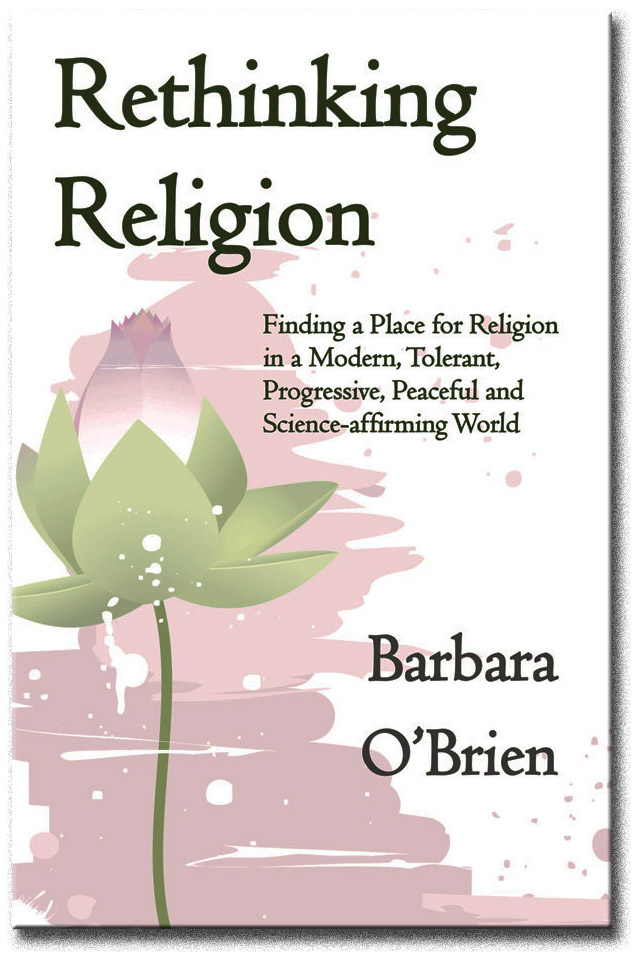And now for something completely different … New Jersey just released a list of approved religious holidays, meaning holidays that give a child a legitimate excuse for being out of school. A number of Buddhist holidays showed up, which of course is nice. But one jumped out at me —
April 25 The 11th Panchen Lama’s Birthday (Buddhist)
The Panchen Lama, a high lama of the Geluk school, is the second highest-ranking lama in Tibetan Buddhism. At the moment there are two, one recognized by Tibetan Buddhism and the authority of His Holiness the Dalai Lama, and one recognized by the government of China.
April 25 is the birthday of the Panchen Lama recognized by Tibetan Buddhism. The other one was born in February.
Historical background: The 10th Panchen Lama, who spent a large part of his life in Chinese prisons, died in 1989 shortly after giving a speech mildly critical of Beijing. Officially, he died of a heart attack.
In May 1995, a six-year-old boy named Gedhun Choekyi Nyima, of Chinese-occupied Tibet, was recognized as the tulku, or rebirth, of the Panchen Lama. Two days later the child and his family were taken into Chinese custody. They have not been seen or heard from since.
Later that year, Beijing named another boy, Gyaltsen Norbu — the son of two Tibetan Communist Party officials — as the 11th Panchen Lama. Gyaltsen Norbu spent most of his childhood in seclusion in Beijing. But in recent years he has been given a number of functions, such as representing Tibetan Buddhism at official conferences and releasing statements praising Beijing for its wise governance of Tibet. (See also “The Panchen Lama of Tibetan Buddhism: A Lineage Hijacked by Politics.”)
You may ask, why is this a BFD? Because it relates to the 14th Dalai Lama and possibly to the 15th as well.
Beijing harbors an irrational and all-consuming hatred for the 14th Dalai Lama. Just as an example of how far Beijing will go to smack down His Holiness — back in 2009 the revered Vietnamese Buddhist teacher Thich Nhat Hanh expressed a wish on Italian television that the Dalai Lama might be allowed to return to Tibet. Later that year 400 nuns and monks who were followers of Thich Nhat Hanh were forcibly evicted from Bat Nha Monastery in Vietnam.
Although Hanoi gave no sensible reason for the eviction, it was understood by everyone that Beijing had ordered it. A number of U.S. presidents have carefully not met with His Holiness in the oval office for similar reasons.
Among the traditional functions of a Panchen Lama is to recognize the rebirth of a Dalai Lama. And here we come to the crux of it. Gyaltsen Norbu has been prepared his entire life to carry out one function, which is to recognize some young boy as the 15th Dalai Lama some day. Beijing has claimed sole authority to recognize all important rebirths, in fact, through a lot of historical revisionism. (See “China’s Outrageous Reincarnation Policy.”)
Beijing has made no secret that it intends to recognize and enthrone a 15th Dalai Lama once the 14th is gone. They appear to believe this will help pacify the Tibetans. The fact that Gyaltsen Norbu is not recognized by Tibetans even in China — indeed, the young man requires a substantial guard when he makes ceremonial visits to Tibetan monasteries — ought to tell the Chinese officials this might not work. But they bought into this plan years ago, and aren’t about to let go of it. (See also “Buddhism in China and Tibet today.”)
Whether New Jersey officials realized what they were getting themselves into by recognizing Gedhun Choekyi Nyima as the Panchen Lama I do not know, but bravo! Well done, somebody!
And maybe Beijing won’t notice. If they do, we could offer to let them keep Chris Christie as hostage.
A couple of other odd things about the New Jersey holiday list — It does not include the birthday of the 14th Dalai Lama himself (July 6), but it does let kids take September 7 off for His Holiness Sakya Trizin’s birthday. This lama is head of the Sakya school of Tibetan Buddhism, one of four to six schools depending on who’s counting. I’ve only recently become aware that there was anything of the Sakya school in the U.S. at all; most of western Tibetan Buddhism is Geluk, Kagyu or Nyingma, from what I’ve seen. Kagyu and Nyingma are not represented on the list. However, I don’t doubt Sakya Trizin is a fine fellow whose birthday deserves a day off of school.
 The Chan Master is trying to encourage us. “Take care of the body, the fruit of many lives” reminds us that while past actions have caused a lot of obstacles, past actions also have given us this body with which to practice.
The Chan Master is trying to encourage us. “Take care of the body, the fruit of many lives” reminds us that while past actions have caused a lot of obstacles, past actions also have given us this body with which to practice.